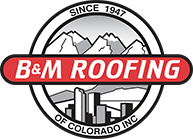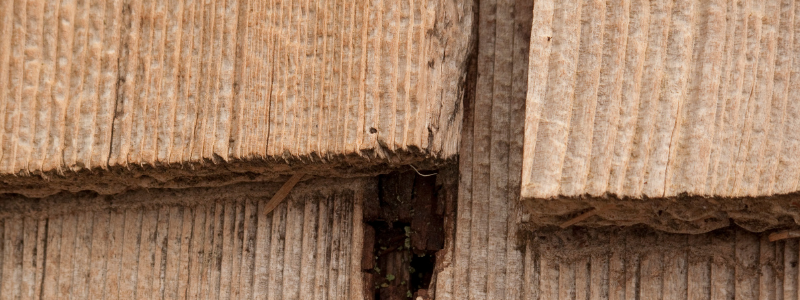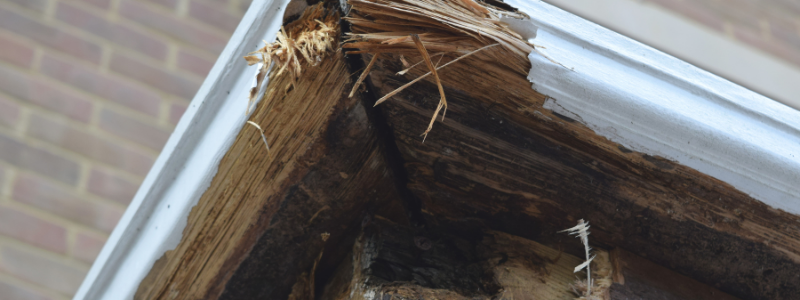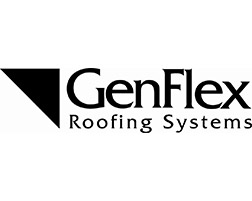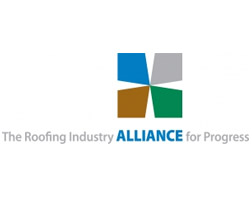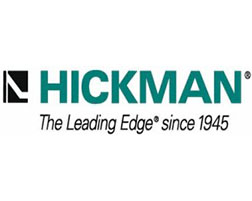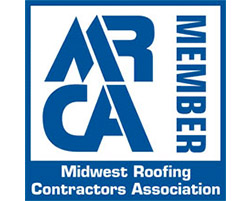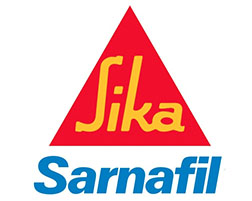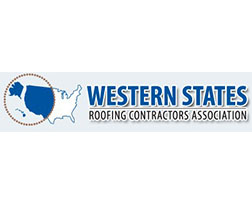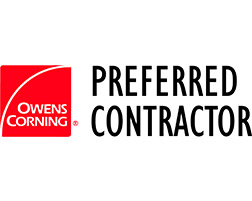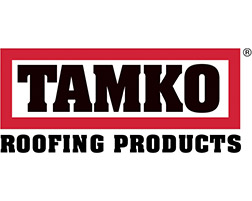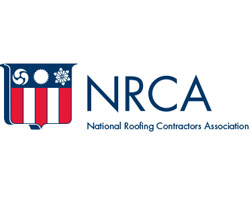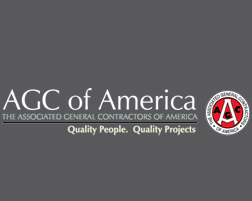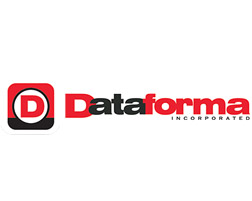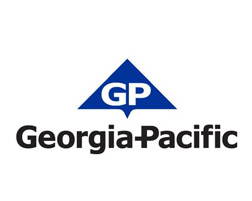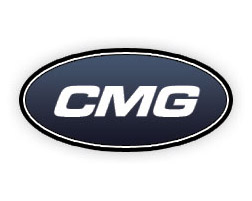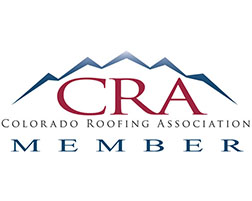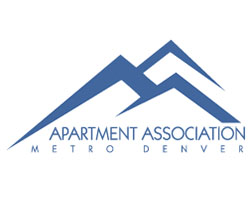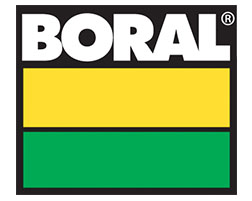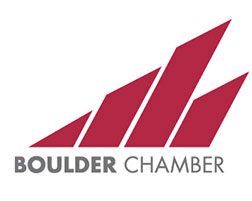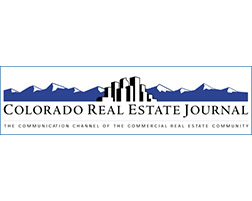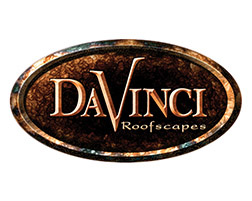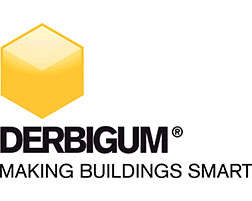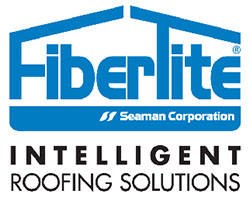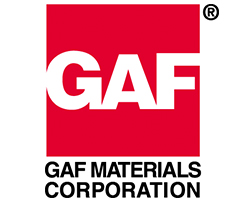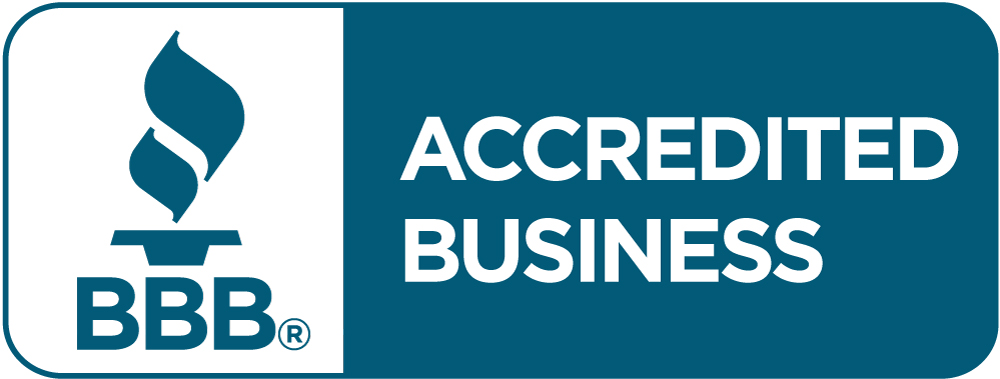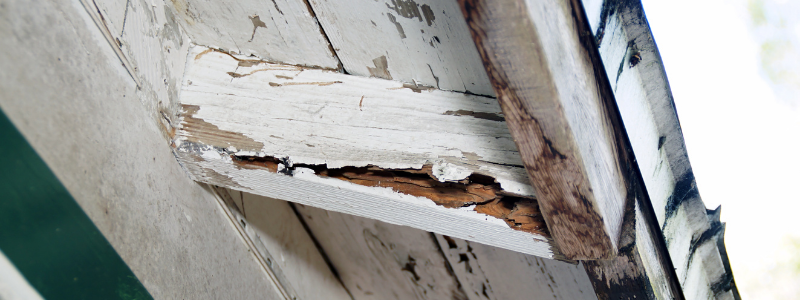
Dry Rot vs Wet Rot
A strong roof over your home ensures protection from nature’s adversaries for you, your family, and your belongings. In return, homeowners must ensure they maintain the health of their roofs by eliminating any possible wet or dry rot infestations – but what is the difference between dry rot vs wet rot?
Both wet and dry rot are wood-destroying fungi that can cause structural damage to any property and should be treated immediately. Wet and dry rot may appear as a result of poor internal plumbing or penetrating moisture caused by malfunctioning guttering and downpipes.
The problem can easily fly over our heads as rot hides beneath the surface of your shingles and above attic insulation.
It’s easy to avoid wet and dry rot with regular roof inspection and maintenance. If you have spotted signs of rotting within your property, don’t hesitate to contact B&M Roofing for consultation and advice.
Differences Between Wet Rot and Dry Rot
The main difference between wet rot vs dry rot is that there are many types of wet rot. However, there is only one type of dry rot fungi. Telling the difference between the two is the first step to the successful elimination of a possible outbreak.
When it comes to dry rot and wet rot, it’s best to have both resolved immediately. However, dry rot can be more aggressive and destructive. Infestation can spread from the source to surrounding timber and other property materials. Dry wood rot attacks structure materials with lower moisture (20%-30%) and is extremely versatile, as it can spread through building fabrics and the property’s brickwork.
On the other hand, wet rot occurs more frequently but tends to be more localized. Wet rot also requires higher moisture content (30%-50%) to grow, while dry rot can germinate at lower moisture levels. Although wet rot spreads less than dry rot, it can still cause major structural problems if left untreated.
Dry Rot: Serpula Lacrymans
This form of rot is considered the most serious form of fungal decay in buildings. Dry rot can affect any timber which holds a moisture content of 20%, which is achieved easily in a climate like Colorado’s.
Identifying Dry Rot:
- Cracking and crumbling along the grain of the timber
- Timber is soft and spongey
- A damp and musty odor
- Fruiting bodies growing on timber
- Red spore dust in the building’s interior
Treatment:
Dry rot is treated by locating and eliminating the dry rot outbreak within your property and repairing the affected timbers. The affected area is then treated with the appropriate fungicide, creating a protective layer of treatment.
Wet Rot: Coniophora Puteana
Wet rot thrives in damp conditions, meaning any unprotected timber on your property is at risk for an infestation if it becomes damp. Damp sources such as rising damp, leaking roofs and gutters, and problems with defective render all create perfect conditions for wet rot fungi to germinate.
Unlike dry rot, wet rot stays in the area of the damp source. However, it can occur in any area of your home where moisture is present. There are many kinds of wet rot and all could lead to major structural damage if ignored.
Identifying Wet Rot:
- Cracking along the grain of the timber
- Timber is soft and spongy
- Balck fungus may appear on timber
- A damp and musty odor
- Discoloration of timber
- Damaged paint finish (In some cases, the paint’s surface looks okay but can be rotting from the back)
Treatment:
To treat wet rot, the source of moisture must be identified and eliminated to ensure new materials maintain a dry condition. Applying fungicidal treatment to surrounding timbers can also prevent the possible risk of future attacks.
What Does Rotting Do to Your Home?
If your roof is rotting, there is a big chance of fungal and mold growth — weakening its stability. Additionally, fungi and mold can significantly reduce the air quality of your home, resulting in respiratory conditions such as asthma and chest pain to develop, or worsen.
Most roof decking is constructed from plywood or oriented strand boards (OSB). These thin sheets of wood absorb moisture when exposed to extreme weather or leaks, causing them to sink in or bubble up. Visually, this can appear as a browning or bulging spot on your roof.
Furthermore, the damage of wood rot can be costly if it damages your home’s attic insulation. If roof moisture is left unchecked, the energy-saving properties of your home can be negatively affected as cooling and heating efforts are likely to increase.
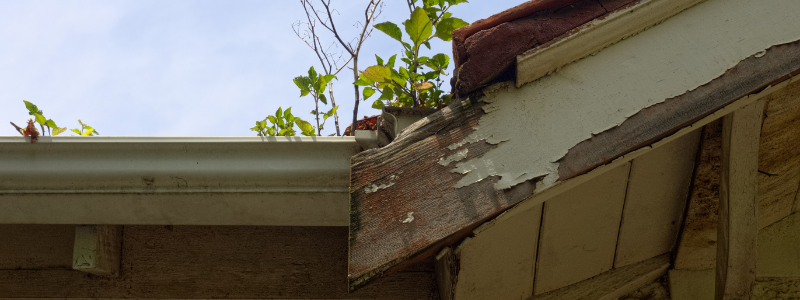
Colorado Climate and Your Roof
Intense Colorado weather can pose a challenge for roofs and their durability. A single day in Colorado can experience rain, snow, winds, hail, and sun — which can all have a damaging effect on your roof.
The National Roofing Contractors Association recommends getting your roof inspected after any significant weather event. In Colorado, it’s safest to perform roof inspections during fall and spring.
During Colorado winters, it’s common for ice dams to form on your roof. This prevents water on your roof from falling away, creating damp environments for fungi to grow and spread. A build-up of moisture on your roof can also cause water to leak into your home, further damaging its interior.
Additionally, a hail-damaged roof can result in a leak, creating optimal environments for mold, mildew, and fungus to grow and spread.
When Should I Check My Roof for Rot?
While regular roof maintenance is something we highly recommend, we understand that it isn’t a home maintenance check we do on a regular basis. No matter if it’s wet rot vs dry rot, it’s worth looking into.
Here is when we recommend checking for wood rot:
- When buying or selling a home.
- If there is ice, water, or tree damage to your roof.
- When replacing your roof.
- If your home has moisture issues.
- When installing new insulation or ventilation.
B&M Roofing and RoofSave
To prevent instances of wet and dry rot infestation, regular roof inspection and maintenance are highly recommended. At B&M Roofing, we offer RoofSave, a roof asset management program that allows you to always be informed about the current state of your roof.
If you suspect you have a wet or dry rot problem on your property, contact our specialists at B&M Roofing for advice and consultation, we’ll get a handle on it as soon as possible.
